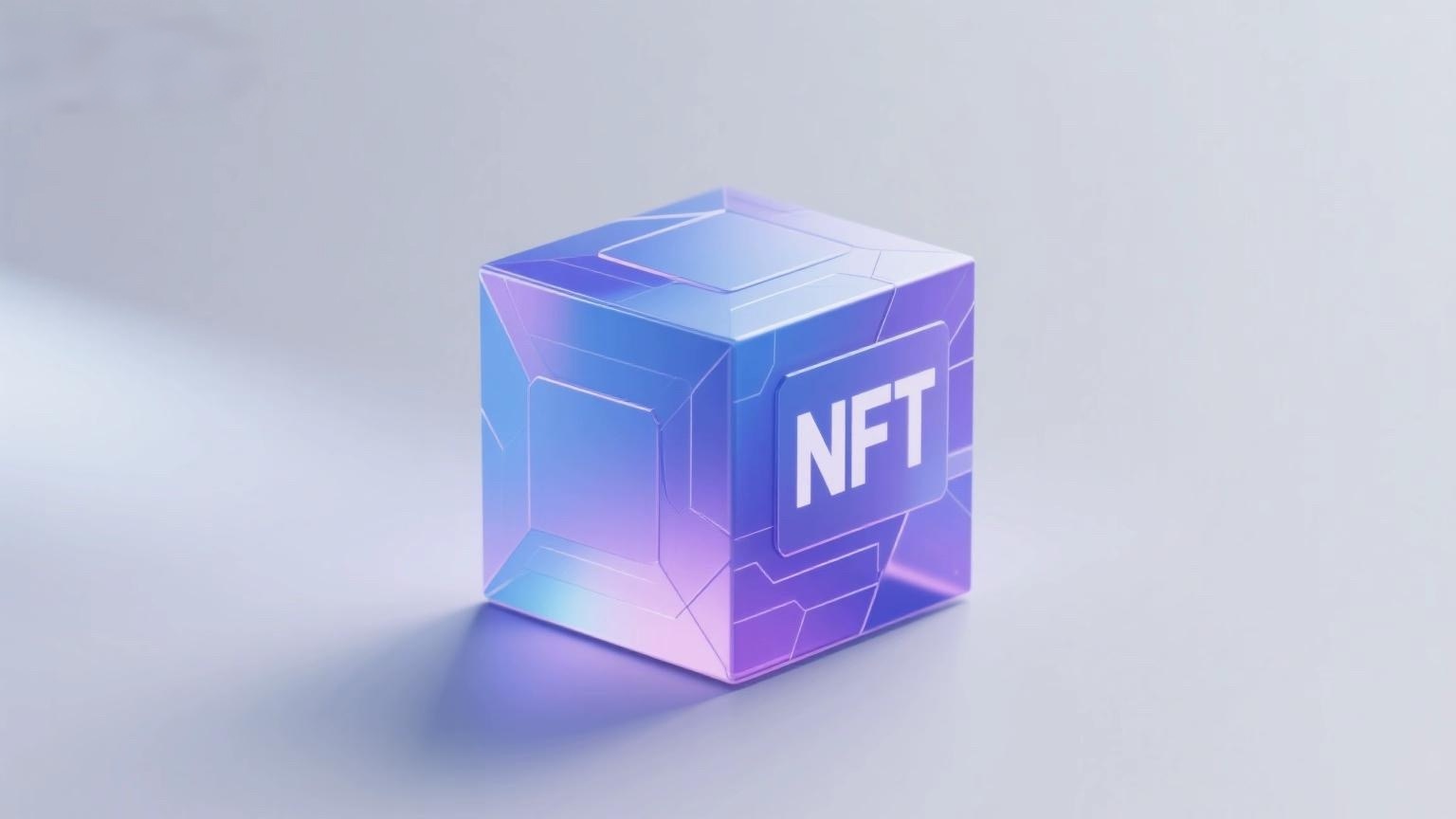
Question 6: How to Ensure the NFT You Purchase Is Authentic?
NFT ownership is recorded on the blockchain, which is decentralized and exists in encrypted form across many computers. To avoid buying counterfeit NFTs, always check the origin of the NFT before purchasing. For example, on OpenSea, verify whether the NFT you intend to buy comes from the project’s official store on the platform—popular projects are usually officially verified by OpenSea. Alternatively, you can first search social media to find out which project or artist the NFT originates from. Project teams and artists often promote their work on social media, and you can purchase NFTs through the links they share.
Question 7: Are NFTs a Recent Development?
NFTs have recently exploded in popularity, but they are not entirely new. According to Andrew Steinwold, the origins of NFTs can be traced back to 2012 with blockchain-based Colored Coins. The 2017 CryptoKitties craze, where people rushed to buy digital cats, marked the moment NFTs truly went mainstream.
Question 8: What Are the Use Cases for NFTs?
"Everything can be an NFT."
NFTs have a wide range of applications. Most assets in the real world are non-fungible, and if these assets are to be tokenized or represented digitally, NFTs are the most suitable standard. Therefore, we firmly believe this is the second-largest application scenario for blockchain beyond finance.
NFTs can be applied to digital artworks, collectibles, in-game items, virtual worlds, sports competitions, fashion and entertainment, identity verification, insurance, infrastructure (such as domain names), digitization of physical assets, e-tickets, or coupons. Gaming and digital art are arguably the two major use cases for NFTs.
NFTs based on blockchain technology can record players’ in-game status and achievements. In-game items such as weapons, equipment, and characters can all become NFTs, ensuring ownership verification and authenticity. Examples of NFT gaming applications include CryptoKitties, Axie Infinity, and Aavegotchi.
Digital art is another mainstream application of NFTs. Each artwork can be represented as an NFT, allowing artists to secure copyright and buyers to verify authenticity. Additionally, without intermediaries, crypto artists can earn more income. SuperRare, OpenSea, and MakersPlace are examples of NFT platforms for digital art.
Question 9: What Are Some Specific NFT Use Cases in Gaming?
Take NBA TOP Shot as an example. NBA TOP Shot is a recently popular NFT trading card game with returns as high as several hundred times.
The reasons for NBA TOP Shot’s explosive popularity can be divided into three parts:
(1) The combination of sports fandom and digital collectibles. The cards feature iconic moments from NBA star players, attracting a highly engaged audience. Naturally, such digital star cards are in high demand. Since these cards are released in limited quantities, those featuring popular teams like the Lakers or stars like LeBron James and Stephen Curry generally command higher prices.
(2) The credibility of Dapper Labs, the same team behind CryptoKitties.
(3) FOMO (fear of missing out) driving demand—a common trait of digital collectibles where early adopters tend to profit the most. For example, a star card with a cost price of $230 could sell for around $100,000.
Flow, also developed by Dapper Labs, has recently gained popularity as a public blockchain specifically designed for the entertainment and cultural industries.
Such collectible projects represent a current NFT investment trend, where projects leverage NFT scarcity and fan engagement to attract audiences.
Question 10: How to Purchase NFT Crypto Art?
NFT art trading platforms include SuperRare, MakersPlace, and KnownOrigin. Each artwork can be represented as an NFT, allowing artists to secure copyright and buyers to verify authenticity. Without intermediaries, crypto artists can earn more income.
For those interested in buying NFT art but unsure which platform to use, click this article for a detailed analysis of six popular NFT marketplaces, including the types of collectibles traded, platform features, and fee comparisons.
















